The #80 Scraper Guide
Commonly mistaken for an oversized spokeshave, the #80 scraper slices the wood in a similar way to, but not the same as, a plane. Despite the tool’s name, the scraper does not scrape as such but cuts ultra fine shavings. This double handled tool is used in a push motion to remove very fine sections of surface material. As the #80 scraper slices so thinly, it can be used as an alternative to sandpaper to finish. The finish can sometimes end up too smooth and you might need to go over the wood with sandpaper to add surface texture (tooth) which allows paint, varnish and other finishes to stick.
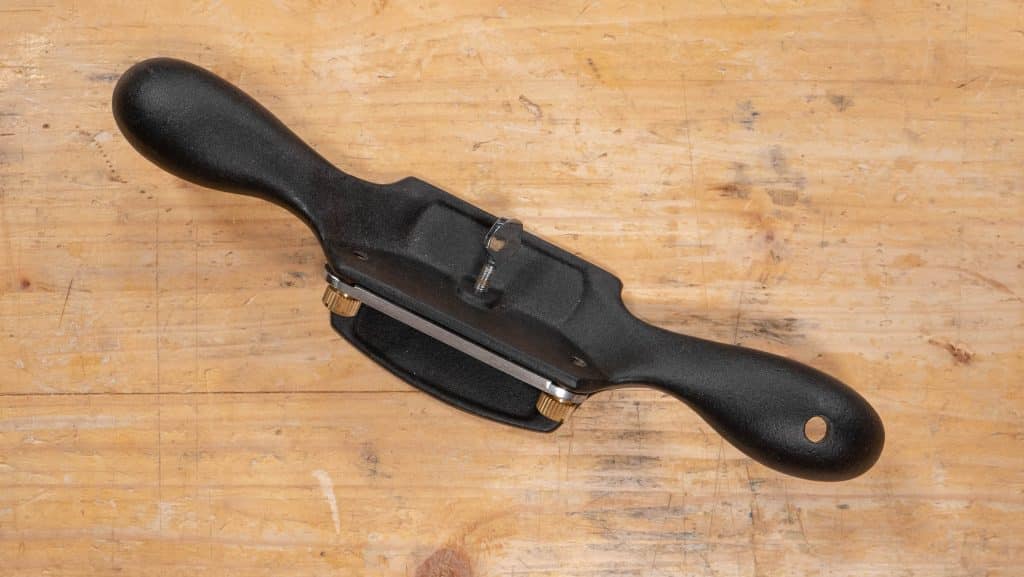
Uses
This tool is ideal for smoothing a small area on a near-finished project. For instance, if there were a small defect in the middle of a table top, a scraper can be used without much risk whereas using a plane may result in torn grain. A scraper only takes fine shavings so it is not used for generally changing the shape of boards or preparing rough stock for use. However, it can often be used to remove small undulations more easily than a plane and works particularly well on difficult grain, this is grain which surrounds branches which causes the grain to become more varied rather than straight. Difficult grain is often encountered in what is known as ‘figured woods’ which have a diverse grain pattern, like curly maple and others. As a scraper can work against the grain, it can help to create a smooth surface which is made up of narrower boards with varying grain direction. Due to the housing that the blade is in, this #80 scraper can be used to level a surface with minor surface bumps. However, it is limited by its holder and it cannot be focussed to quite the same level as the card scraper which can be used over a finer and much more localised area.
Terminology
- Burr – The refined, turned cutting edge on a scraper blade
- Sole – This is the main flat surface forming the underside of the scraper
- Bevel – The angled face that forms the cutting edge
Other names
- #80 Scraper
- Cabinet Scraper
- #80 Cabinet Scraper
Parts of a #80 Scraper
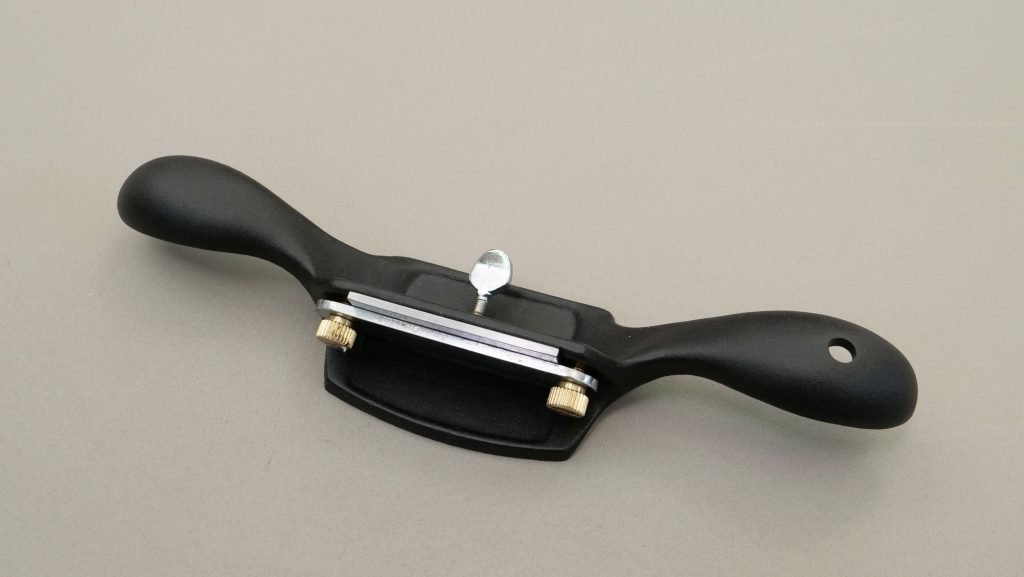

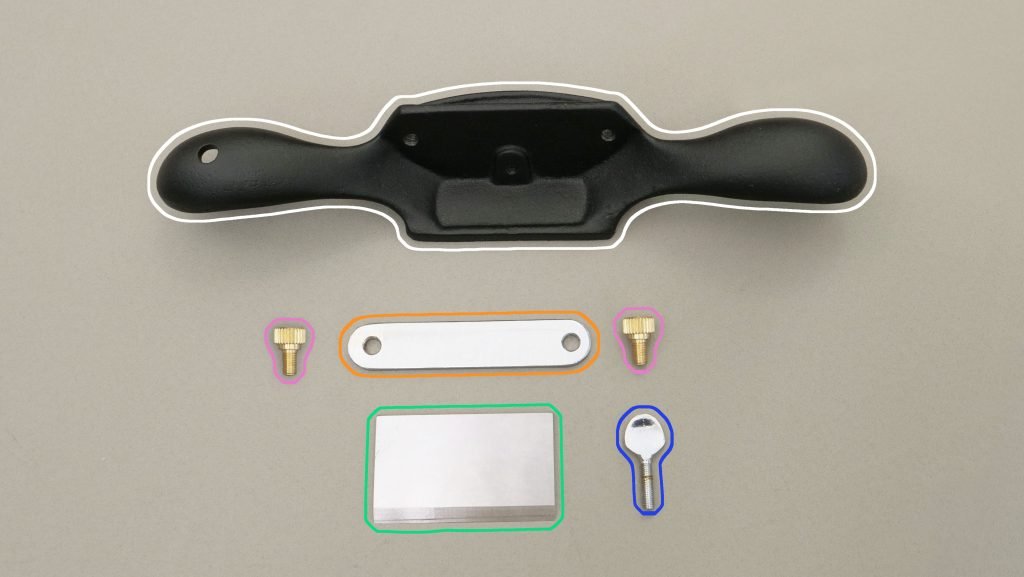
● Blade
◎ Body
● Set Screws
● Retaining Bar
● Thumb Screw
Relevant Guides
-
Setting Up and Sharpening a #80 Scraper
Setting Up Whilst working on a flat surface, turn the adjusters to loosen the retaining bar and load the blade into the holder. The 45 degree angle should be facing the back. Pinch the bar and blade against the body of the holder, making sure the cutting edge stays flush with the sole, and tighten…
-
Using a #80 Scraper
When using the #80 scraper, generally known as the cabinet scraper, the first thing you should do is establish a comfortable grip. It is designed so you can hold the handles and press your thumbs into the back of the centre. This applies the most direct force behind the cutting edge. To lower the blade,…
-
The #80 Scraper Guide
Commonly mistaken for an oversized spokeshave, the #80 scraper slices the wood in a similar way to, but not the same as, a plane. Despite the tool’s name, the scraper does not scrape as such but cuts ultra fine shavings. This double handled tool is used in a push motion to remove very fine sections…
Further Reading
To read more on this we recommend the following from Paul’s blog:
Why 45° on Cabinet Scraper Blades?
Axminster’s Cabinet Scraper- Uh Oh!
Cabinet Scrapers- Answering What’s Needed in Real Woodworking Realms

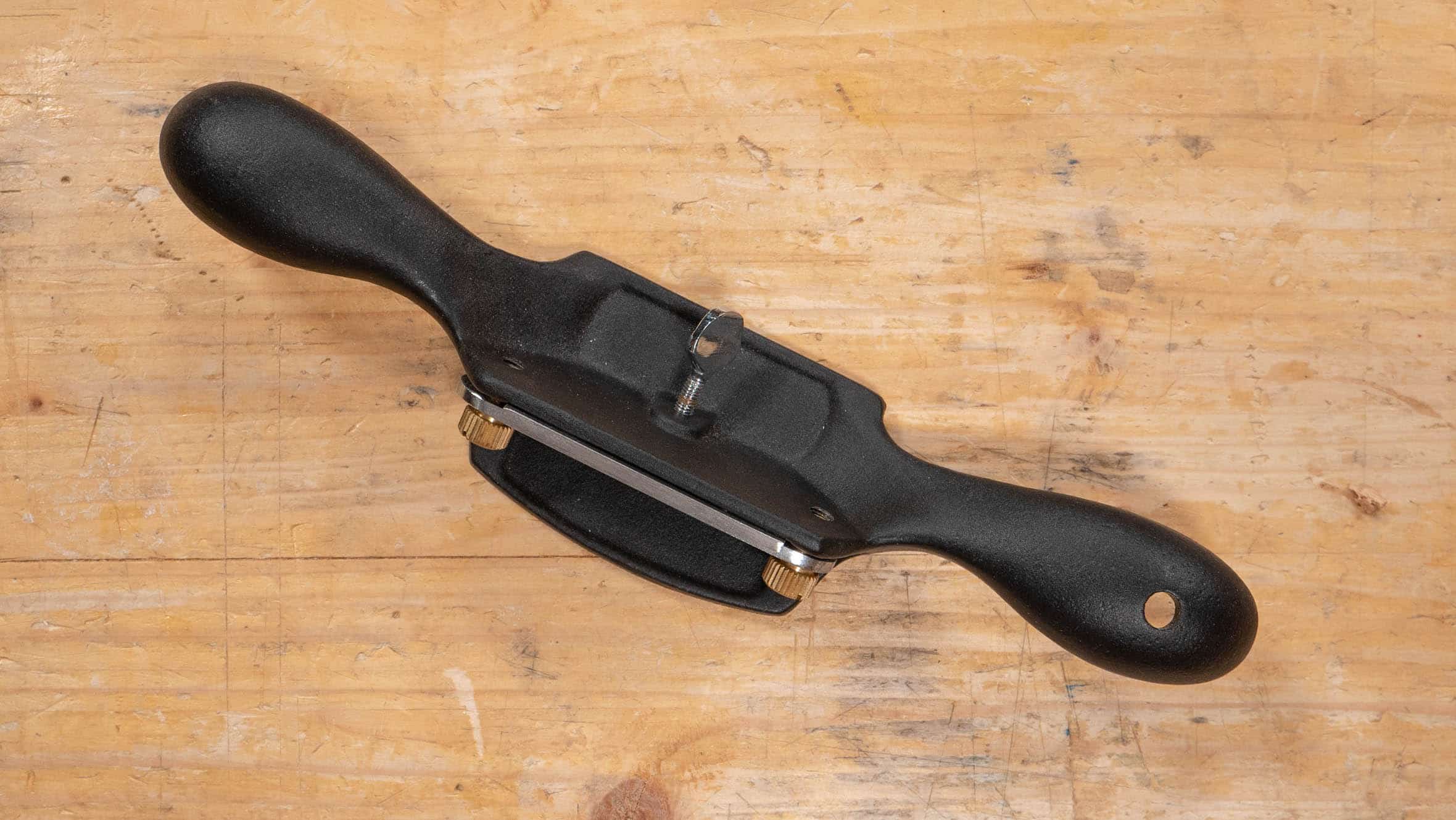
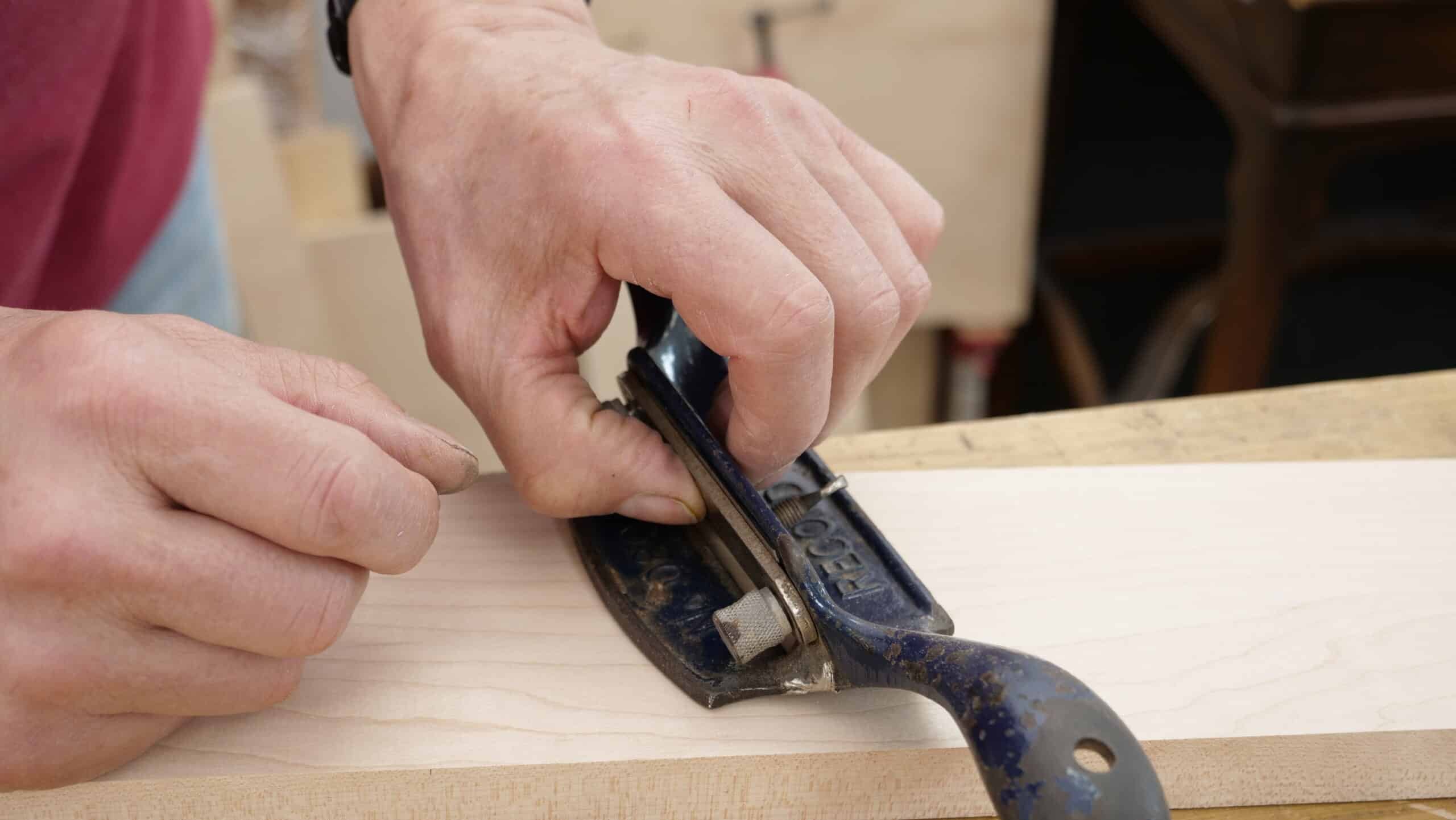
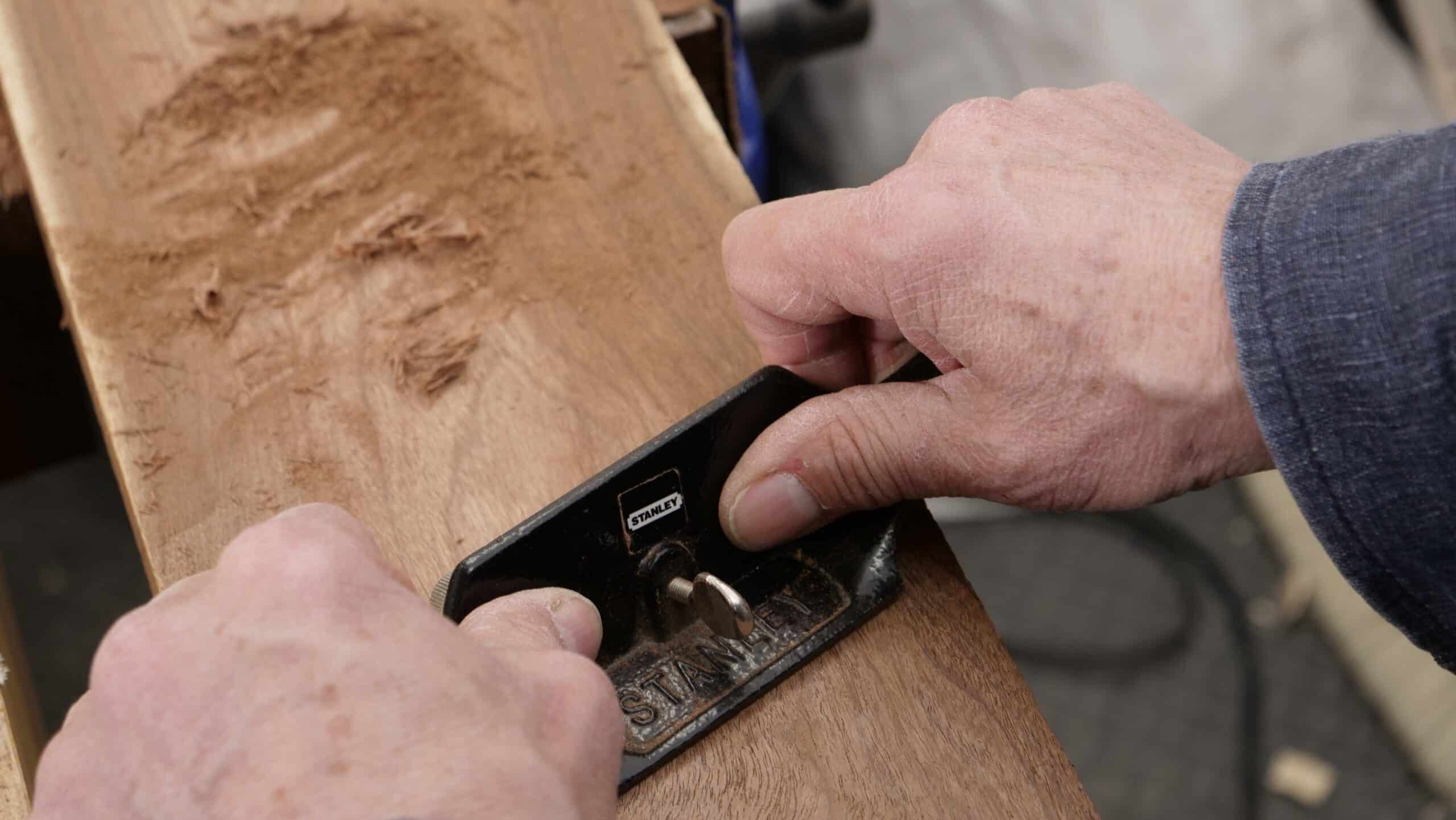
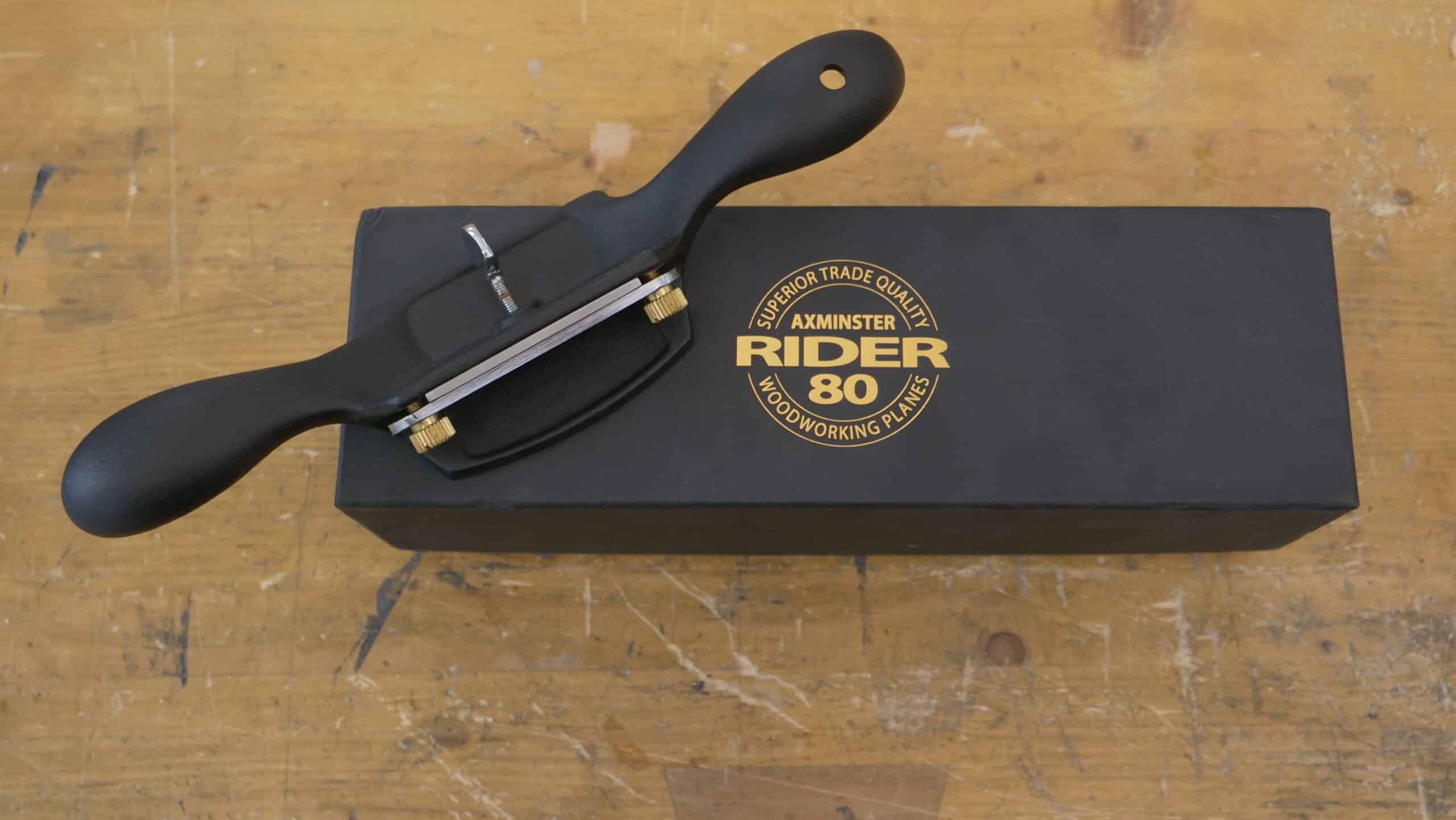
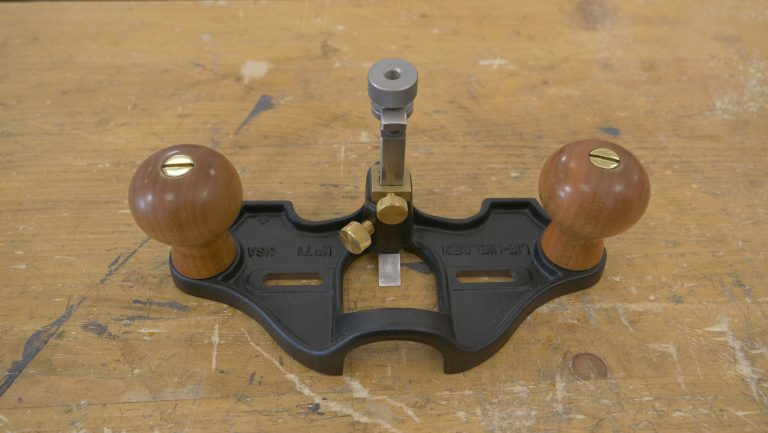
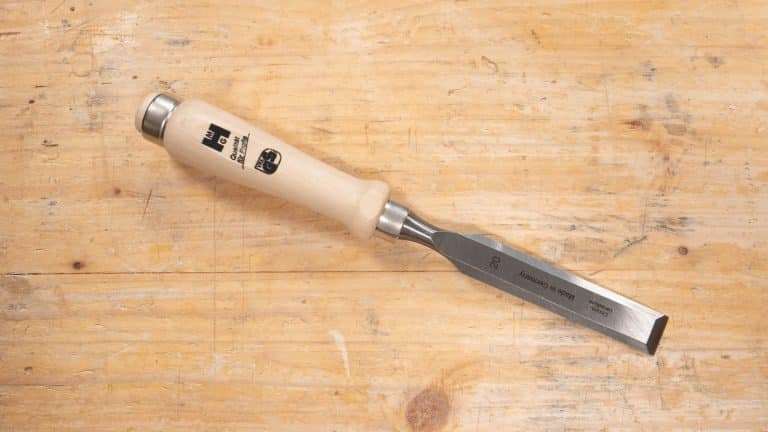
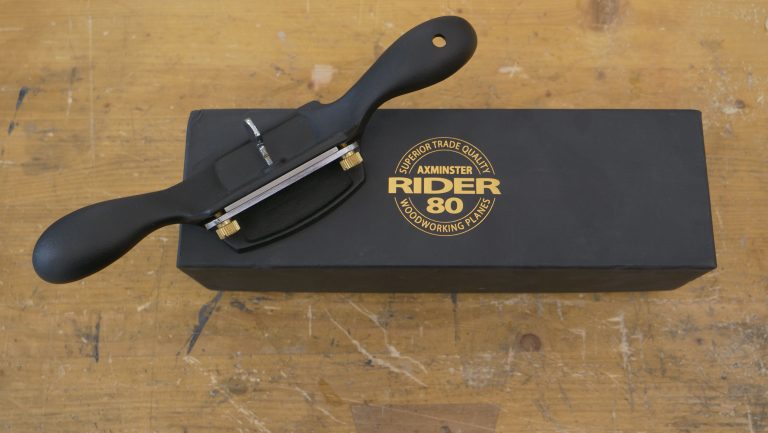

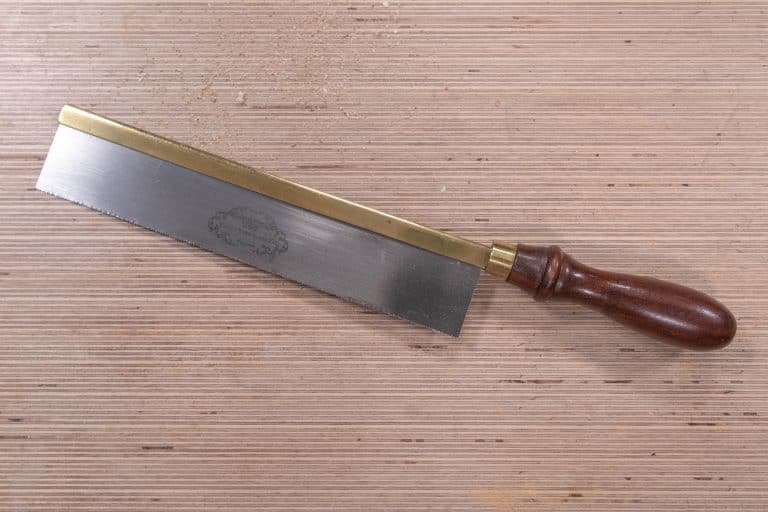
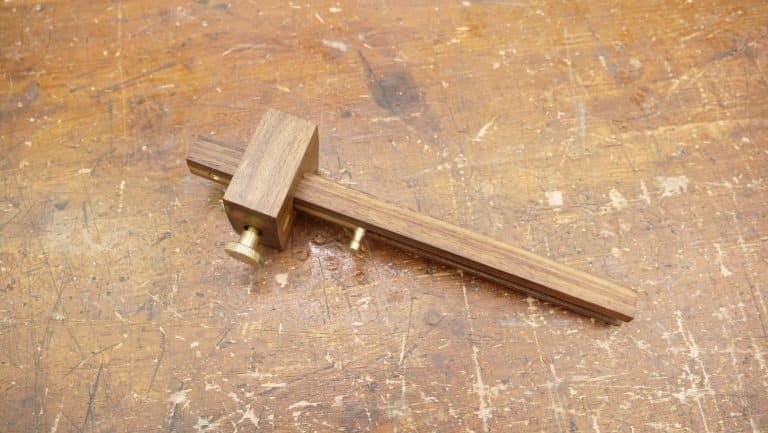
Another use…
I just refinished a red oak 2 leaf kitchen table for a friend. The finish was in terrible condition due to years of abuse.
I sharpened up and used a Stanley #81 to scrape off all of the old finish, take out most of the scratches, and all of the pencil and pen marks. It worked out very well. I ended up with a respectable looking project that only required minimal touch up.
Compared to chemical stripping, it was a piece of cake!
The tool was not damaged in any way.
Just thought I would pass my experience along.
Hi Paul,
Thanks for this guide, very informative and easy to follow.
I am currently looking for a scraper to restore an old table, (and to add to my small collection of hand tools).
I was looking on eBay and found a vintage Stanley #12 for approximately the same price as a number #80.
I would like your opinion on this please.
Since I am looking to buy a scraper would you recommend the #12 over the #80?
Thanks
Godwin
Hi Godwin,
Paul says:
I can’t say because I’ve never used a #12.
Kind Regards,
Izzy